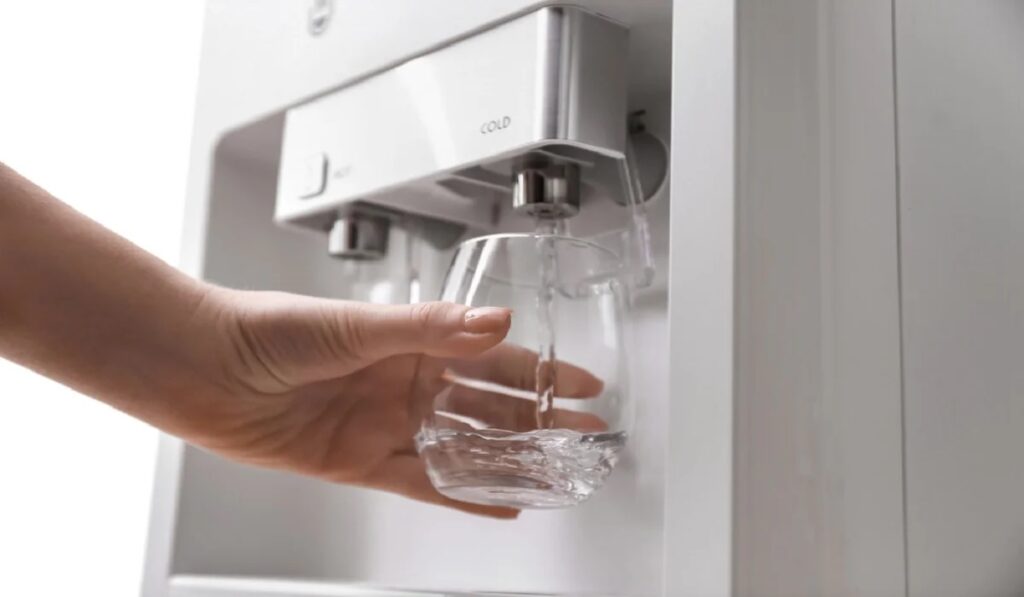In the not-so-distant future, the landscape of water purification is set to undergo a profound transformation, driven by innovative technologies collectively known as Future Fluids. These cutting-edge solutions promise to revolutionize the way we treat, manage, and consume water, addressing the escalating global water crisis. At the forefront of this revolution is nanotechnology, a field that leverages the unique properties of materials at the nanoscale. Nanomaterials exhibit enhanced reactivity and surface area, making them exceptionally efficient for water treatment applications. Graphene oxide membranes, for instance, stand out as a game-changer in desalination processes, allowing for the removal of salt and impurities at an unprecedented rate. Moreover, the integration of artificial intelligence AI in water purification systems is paving the way for autonomous, adaptive, and highly efficient operations. AI algorithms can analyze water quality data in real-time, optimizing treatment processes and ensuring that purified water meets stringent quality standards. Furthermore, microbial fuel cells MFCs are emerging as a sustainable and energy-efficient solution for water purification.

These cells harness the power generated by microorganisms during the breakdown of organic matter, converting it into electricity to drive water treatment processes. This not only provides a renewable energy source but also enhances the overall sustainability of water treatment facilities. Additionally, the advent of smart water grids, equipped with sensors and IoT devices, enables real-time monitoring of water distribution networks. This proactive approach allows for the early detection of leaks, contamination, or inefficiencies, leading to swift responses and minimizing water wastage. In the realm of desalination, forward osmosis is gaining prominence as a low-energy alternative to traditional methods. By utilizing the osmotic pressure difference between a saline solution and a less concentrated draw solution, forward osmosis can effectively separate salts from water with minimal energy input and contact us. This not only reduces the environmental impact of desalination but also opens new possibilities for decentralized water purification systems, particularly in regions with limited access to conventional infrastructure.
Moreover, the concept of self-healing membranes is on the horizon, where materials possess the ability to repair damage autonomously, extending the lifespan of filtration systems and reducing maintenance costs. These membranes, inspired by biological systems, mimic the regenerative capabilities found in living organisms, ensuring long-term durability and reliability. As Future Fluids continue to advance, their potential impact on water purification extends beyond individual technologies. The integration of these innovations into holistic water management strategies holds the key to addressing the complex challenges posed by population growth, climate change, and urbanization. The future of water purification is undeniably exciting, with technology poised to play a pivotal role in safeguarding this invaluable resource for generations to come.